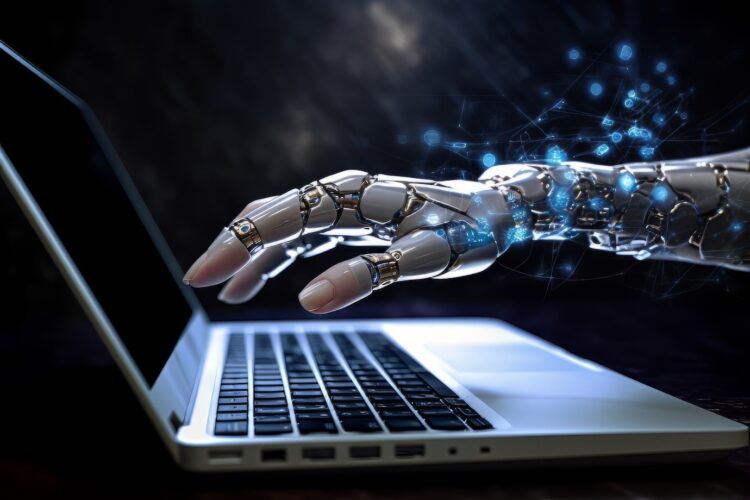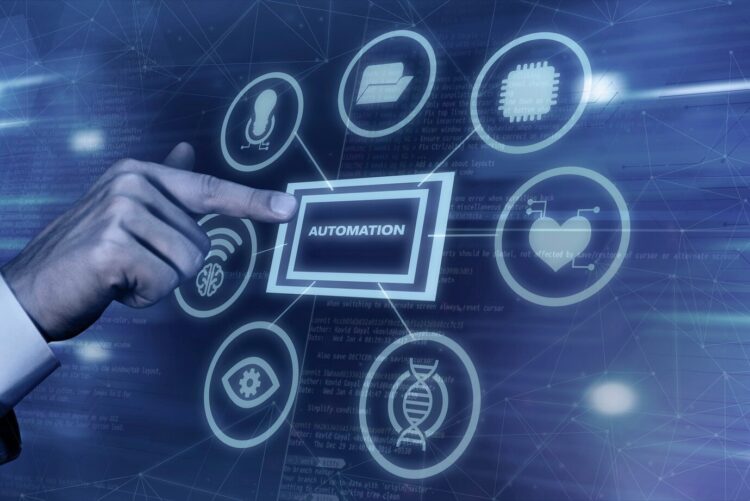As artificial intelligence grows, AI-generated content is becoming more common. Many companies use automation tools for writing articles, blog posts, and even creative work. But how can one identify machine-created work, and what traits set it apart from human-crafted text?
Here, we will cover key characteristics of AI-generated content, its pros and cons, and how to detect it.
Page Contents
Key Points
- AI-generated content lacks emotional depth.
- Repetitive phrases and predictable patterns are common.
- Poor handling of complex ideas.
- Struggles with creativity and nuanced context.
- Overly formal or rigid structure.
Repetitive Patterns in Text
Machine-produced text often exhibits repetitive patterns in word choice, sentence structure, or phrasing. This happens due to the system’s reliance on statistical models, where certain words follow others frequently.
The repetitive nature of this text can create monotony, lacking the human touch that naturally varies tone and style. Readers might find it hard to stay engaged with writing that feels too mechanical or robotic. This issue affects both formal and creative writing, making it easier to recognize when content lacks organic flow.
Lack of Emotional Depth and Personal Connection

Source: freepik.com
One key sign of AI-generated content is its lack of emotional depth. Machines can process data and output sentences, but they struggle with conveying true feelings. Human writers infuse their work with personal experience, making it relatable.
Content produced by AI lacks the ability to express empathy, humor, or sentiment effectively. This gap becomes especially noticeable in opinion pieces, personal blogs, or emotionally charged subjects where human input is essential.
The tone can also feel detached or overly formal, with no variation to reflect different moods or topics. This rigid, uniform style makes it stand out. For those interested in checking if a text was machine-generated, tools like the online AI detector free of charge from ZeroGPT can analyze the origin of the writing. It’s worth trying if you suspect content is not human-made.
Struggles with Nuanced Context
Another weakness lies in how AI handles nuanced context. Machines may understand basic instructions, but subtle implications, idiomatic expressions, or double meanings often confuse them. For example, understanding sarcasm or humor requires an awareness of culture and social context, which AI struggles with. This limitation often leads to misunderstandings or poor-quality responses in more abstract writing.
Even though AI has improved, users often spot mistakes where complex ideas are over-simplified, or when subtle context is misread. The end result lacks the depth and subtlety that only human writers can provide.
Predictable and Formal Structure
AI tends to produce text in highly structured, predictable formats. Sentences follow a familiar pattern—introduction, body, conclusion—without much variation. Transitions between ideas often lack fluidity. This rigid structure can make the content feel flat, lacking the natural progression seen in human writing.
Human writers are known for breaking the mold, experimenting with paragraph length and style to keep the reader engaged. By contrast, AI-generated content sticks to a formula, which can feel bland after extended reading.
Weaknesses in Handling Creative Topics

Source: freepik.com
Creativity and originality are areas where AI stumbles. When dealing with abstract or imaginative topics, machine-generated writing often comes across as uninspired. Creativity is not something AI can easily replicate. Human writers draw from lived experiences, emotions, and diverse perspectives to create unique stories and viewpoints.
Machines, however, base their output on data and patterns seen before. As a result, AI-created content often lacks freshness, feeling derivative or repetitive. This lack of creativity can limit the usefulness of such writing in industries that value originality, such as entertainment or advertising.
Over Reliance on Data
Another common trait is the overuse of data and facts, sometimes at the expense of creativity. Machine-generated content relies heavily on the information it has access to, meaning it often includes large blocks of factual information without analysis or critique. While it can provide accurate statistics or summaries, it struggles to interpret or draw meaningful conclusions, which limits the depth of the work.
Human writers typically add layers of opinion, inference, or insight, while machines output factual but sometimes dry text. This difference makes AI content useful for straightforward tasks but insufficient for more complex, thoughtful projects.
Difficulty with Creative Problem-Solving
AI-generated content often falls short when addressing creative problem-solving. Machines can work well with factual and structured inputs but falter when asked to come up with inventive solutions or to write imaginatively. While AI excels in processing and organizing existing information, it struggles to produce innovative ideas or out-of-the-box thinking.
When it comes to proposing new approaches to challenges, human creativity shines. AI lacks the flexibility needed for coming up with unique solutions or thinking critically about problems. This limitation can make machine-created writing feel predictable and uninspired, even when handling complex topics.
Overly Reliant on Structured Inputs

Source: freepik.com
When producing machine-written content, the results depend heavily on the quality of the input data. If given structured, clear inputs, the machine will perform well. But when dealing with unstructured data, such as vague or poorly written instructions, the output will suffer. Human writers are better at adapting to different writing environments and making sense of chaotic or unclear directions.
AI tends to produce predictable outcomes based on patterns learned from the data set used for training. As a result, it might repeat similar structures and ideas across multiple pieces of content, leading to a sense of redundancy and lack of originality. This makes human oversight critical when AI-generated writing is part of a larger project.
Key Challenges and Strengths
AI-generated content offers convenience but comes with notable drawbacks. Its strengths include speed and efficiency, but it lacks the personal touch that only human writers can provide. Machines struggle with nuanced context, emotional depth, and creativity. Despite advancements in technology, human involvement is necessary to create content that resonates deeply with audiences.
Key tools, such as detectors and editors, play an essential role in analyzing machine-generated text to ensure accuracy. By understanding the common traits of AI-created work, you can better judge its quality and identify where human input will add the most value.




